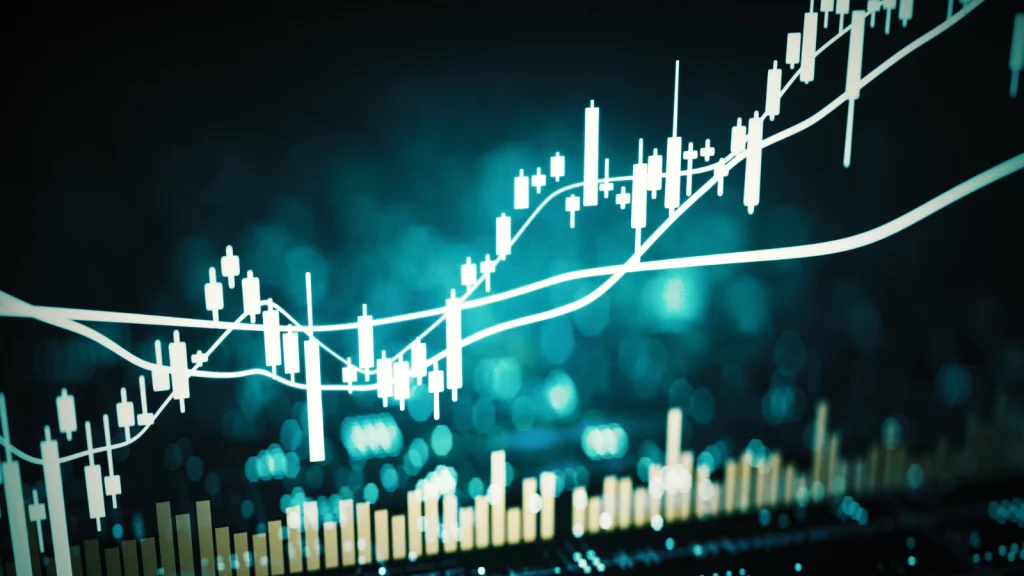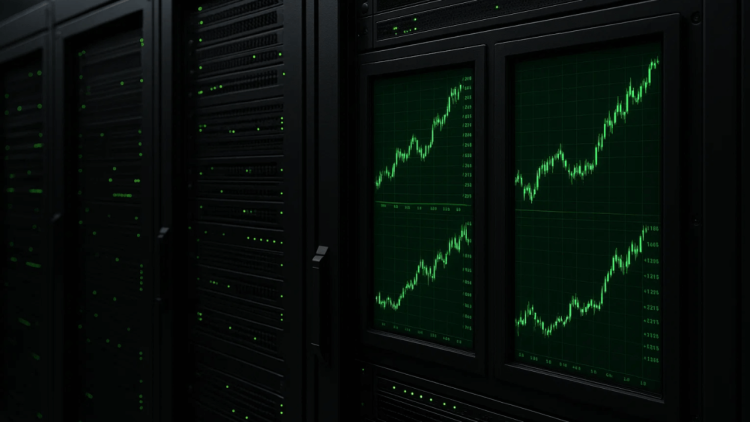From Gut Instincts to Algorithms: The Evolution of Economic Forecasting
For decades, economic forecasting relied heavily on traditional macro indicators—unemployment rates, inflation data, interest rate shifts, yield curves, and central bank signals. Yet despite this wealth of data, economists have repeatedly failed to anticipate major downturns. The 2008 financial crisis exposed just how fragile the predictive power of classical economic models can be. In 2025, with the global economy growing more complex and volatile, the limitations of conventional forecasting have become more apparent than ever. Into this vacuum steps artificial intelligence—more precisely, machine learning-driven economic models that promise to unearth patterns invisible to human analysts. But how much trust can we place in algorithms? Can AI truly predict market crashes, or is it just another overhyped tool?
Why Traditional Models Fail in a Complex World
Standard economic models are often linear, built on assumptions of rational behavior and equilibrium. They’re elegant but brittle—unable to cope with black swan events or nonlinear feedback loops. For instance, the yield curve inversion has long been seen as a harbinger of recession, yet in both 2019 and 2023, it triggered false alarms. Similarly, inflation targeting models missed the magnitude of post-pandemic price surges. These shortcomings stem in part from the reliance on historical correlations and lagging indicators. The real world, however, is governed by real-time sentiment shifts, unexpected policy moves, climate events, and geopolitical shocks—all of which interact in complex, often chaotic ways. Traditional models, constrained by their theoretical foundations, simply can’t ingest or interpret this scale of complexity fast enough.
Enter Machine Learning: Parsing Chaos for Signals
AI models, particularly those driven by machine learning (ML), approach forecasting from a different angle. Rather than relying on fixed assumptions, they process massive datasets—including satellite imagery, credit card transaction flows, social media sentiment, and high-frequency trading data—to detect correlations, anomalies, and early-warning signals. Using unsupervised learning, reinforcement learning, or recurrent neural networks (RNNs), these models adapt over time as new data becomes available. For example, Google’s DeepMind collaborated with the Bank of England to explore AI-based monetary policy simulations. Hedge funds like Renaissance Technologies, Citadel, and Two Sigma have long employed proprietary AI tools to detect trading opportunities invisible to traditional models.
Recent Case Studies: Hits and Misses
AI has had both notable successes and humbling failures. During the COVID-19 pandemic in early 2020, some AI models flagged potential economic collapse before central banks adjusted their outlooks. In particular, natural language processing (NLP) tools analyzing earnings calls and government briefings identified rising panic in Q1 2020, prompting early position shifts in some quant funds. Similarly, in late 2022, AI models trained on shipping and port congestion data accurately forecast the slowdown in global trade before it was reflected in GDP numbers.

Yet AI models aren’t infallible. In mid-2023, several popular AI-driven macro funds underperformed after being caught on the wrong side of the “soft landing” narrative. These models misread Federal Reserve signals, overestimated recession risks, and underweighted consumer resilience. The failure underscored a crucial point: machine learning models, while powerful, are only as good as the data fed into them—and they can overfit to recent patterns that break down under shifting regimes. Additionally, black-box models often lack explainability, making it difficult for analysts to understand or validate their signals.
Where AI Excels: Pattern Recognition and Risk Detection
Despite the challenges, AI shines in areas where traditional models struggle. One is anomaly detection—flagging deviations from expected market behavior. For instance, unsupervised learning algorithms can monitor millions of time-series data points to detect stress signals in credit markets, even before credit default swap (CDS) spreads widen. Another is multi-factor correlation analysis, where AI can uncover hidden relationships between disparate data streams—such as how drought patterns in Argentina correlate with soybean futures or how Twitter sentiment in China affects Hong Kong-listed equities.
Furthermore, AI models can continuously retrain on fresh inputs, offering adaptability that static economic models lack. Natural disasters, political unrest, or even viral TikTok trends can be factored into an evolving AI risk model. This dynamic adaptability is critical in a world where economic shocks are more frequent and less predictable.
Investor Adoption: From Retail Tools to Institutional Systems
Retail investors now have access to AI-powered platforms previously reserved for hedge funds. Tools like YCharts, Koyfin, and Quiver Quantitative integrate machine learning to provide real-time insights on economic indicators, earnings trends, and macro risks. For example, AI sentiment monitors can scan millions of Reddit and X (formerly Twitter) posts to detect early retail interest in stocks, helping identify speculative bubbles before they burst.
Institutions, meanwhile, are building internal AI risk management systems that not only scan for asset mispricing but also simulate crisis scenarios. JPMorgan’s LOXM, BlackRock’s Aladdin, and Morgan Stanley’s AI-driven macro desk all utilize proprietary models to hedge against liquidity squeezes or macro shocks. Portfolio managers increasingly rely on these tools not as sole decision-makers but as sophisticated assistants—guiding allocations, detecting early stress signs, and even triggering automated rebalancing protocols.
The Caveats: Bias, Data Quality, and the Human Element
While promising, AI in finance is not immune to bias. Algorithms trained on biased or incomplete data can reinforce systemic blind spots. For instance, if historical data underrepresents certain market shocks or regions, the model may overweight developed market trends while missing emerging market vulnerabilities. There’s also the danger of herd behavior: if too many funds rely on similar AI models, the resulting trades can become self-reinforcing, potentially increasing volatility.
Moreover, over-reliance on opaque “black box” models risks blinding decision-makers to model fragility. That’s why many institutions advocate a hybrid model—pairing AI insights with human intuition and macro judgment. As Bridgewater Associates’ Ray Dalio has noted, “AI can enhance your understanding of what is, but not necessarily why it matters.”
Looking Ahead: Can AI Predict the Next Market Crisis?
AI-driven models are not crystal balls—but they are evolving into powerful tools that can identify early-warning signs of systemic risk. The 2025 market environment—with high interest rates, geopolitical shocks, and climate-related disruptions—requires predictive systems that can ingest complexity at speed. While no model can offer certainty, those using machine learning are increasingly able to highlight where cracks might form in the global economy.
The next financial crisis—whether triggered by a debt default, a geopolitical event, or a cascading liquidity freeze—may not be predicted perfectly by any model. However, AI tools could provide earlier signals than traditional systems, giving investors and policymakers valuable time to act. The challenge lies not in whether AI can predict crises—but in whether we’re prepared to listen when it does.














































